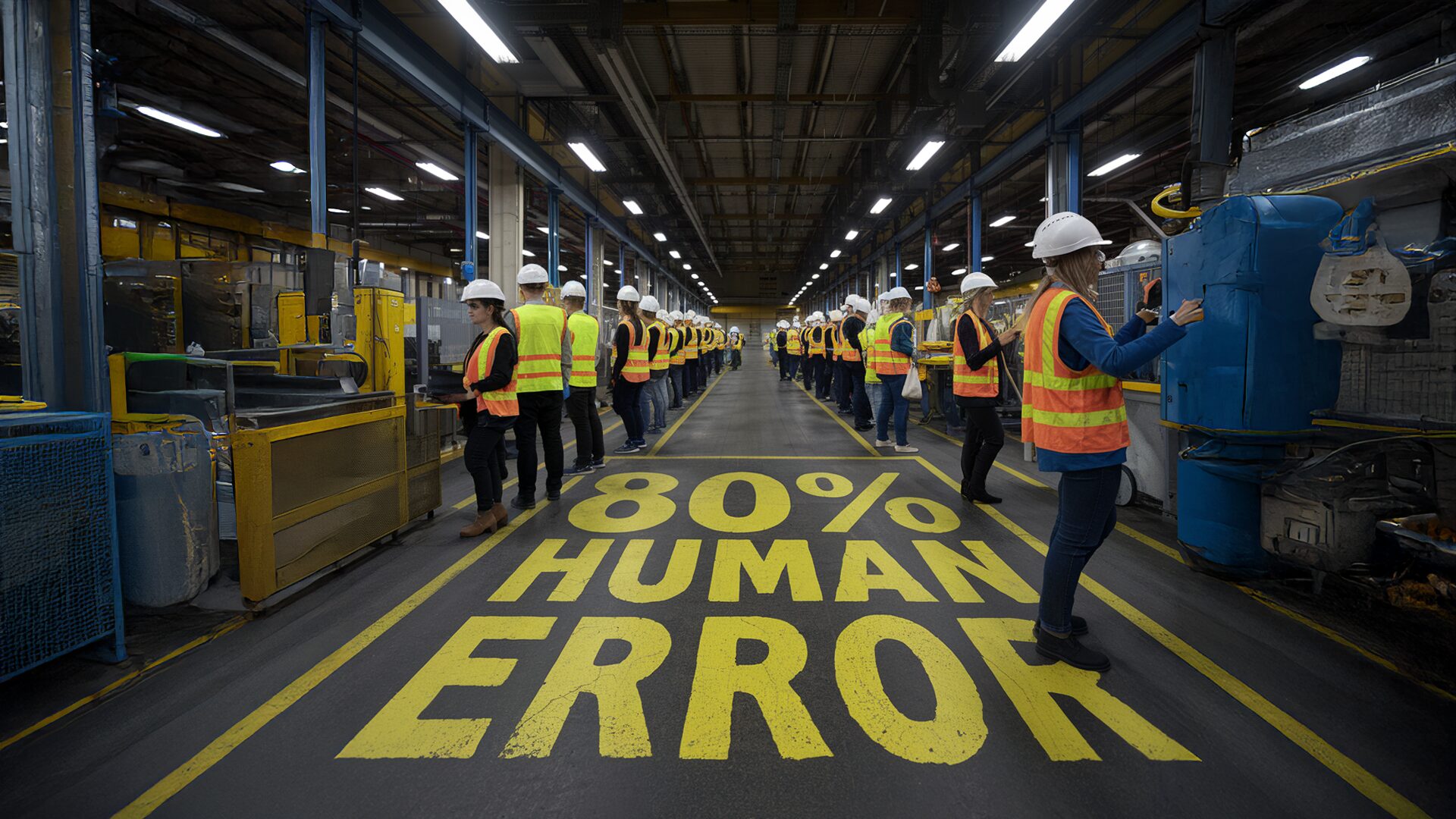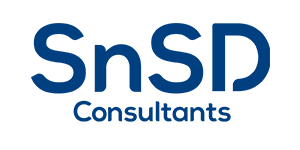Rethinking “Human Error”: A Deeper Dive into Safety in the Oil and Gas Industry
In the high-stakes world of oil and gas, safety is not just a priority; it is a foundation for sustainable and responsible operations. A widely accepted figure across the industry is that human error contributes to 80% of accidents. However, Professor Andrew Hopkins, a leading expert on industrial safety and author of influential works like Disastrous Decisions—which explores the Macondo incident—suggests this figure might actually be closer to 100%. Yet, as Hopkins warns, relying solely on human error as an explanation can be misleading, as it overlooks deeper systemic issues that set the stage for these errors to occur.
“It perhaps even lies closer to 100%… Yet this is misleading and organizations should challenge themselves to dig deeper into why the human error occurred.”
Rethinking Human Error > This perspective challenges traditional safety paradigms. Rather than simply attributing incidents to individual mistakes, it encourages organizations to examine why those errors happened in the first place, inviting a more complex and meaningful analysis of workplace safety and risk.
Beyond “Human Error”: Uncovering Root Causes
Labeling accidents as “human error” can sometimes create a narrow view of safety management, leading to reactive measures that fail to address the actual root causes of incidents. Research in organizational safety increasingly emphasizes the role of systemic factors—such as company culture, leadership, communication, and operational protocols—that shape behavior and influence decision-making under pressure. By understanding these factors, organizations can develop a more robust safety approach that prevents incidents rather than merely responding to them.
- Training and Competency Management:
One of the most obvious areas to investigate is training and competency management. An effective training program equips employees with the technical knowledge and procedural familiarity to carry out tasks safely. However, competency goes beyond knowledge—it also includes the practical ability to make quick, informed decisions under pressure. A robust competency management system assesses not only an employee’s current capabilities but also provides ongoing development opportunities to build confidence and resilience. - Workplace Culture and Psychological Safety:
Another critical area is the broader workplace culture. A culture that prioritizes safety, openness, and continuous improvement encourages employees to report potential hazards, share insights from near-miss events, and speak up about gaps in their training or understanding. This transparency forms the foundation of psychological safety, where employees feel secure in raising concerns without fear of reprisal. Research consistently shows that psychologically safe work environments experience fewer accidents and more proactive safety behaviors. - Leadership and Decision-Making:
Leadership plays a significant role in either reinforcing or undermining safety practices. Leaders who are proactive in their commitment to safety set a standard that permeates the organization, guiding employees to prioritize safety even when faced with competing operational pressures. Leaders must also critically evaluate how decisions are made, especially in high-risk scenarios. By encouraging collaborative decision-making, where input from various levels is valued, leaders can gain insights that may prevent incidents before they occur. - Operational Design and Environmental Factors:
The physical and operational design of work environments also significantly impacts safety. For example, poorly designed control rooms, complex user interfaces, or insufficient lighting in hazardous areas can increase the likelihood of errors. Environmental factors—such as workload, shift patterns, and even climate conditions—also influence performance and decision-making capacity. Addressing these issues involves designing workspaces and processes that support human limitations and enhance focus and awareness. - Continuous Monitoring and Data-Driven Insights:
To move beyond a reactive approach, organizations need systems that allow for continuous monitoring of safety performance and real-time data analysis. Advanced data collection methods, such as digital twin technology or AI-driven incident analysis, enable organizations to identify patterns and predict potential risks. Data can provide valuable insights into common errors, allowing companies to address trends and develop targeted interventions. Additionally, ongoing monitoring helps assess the effectiveness of implemented safety measures, ensuring they adapt to evolving risks.
The Role of Technology in Enhancing Safety
Technology, particularly artificial intelligence (AI) and machine learning, offers promising tools for understanding and reducing human error. AI-powered safety systems can monitor and interpret vast amounts of data from sensors, wearables, and other IoT devices in real-time. These insights can help predict when human error is more likely to occur, enabling preemptive action, whether it’s through timely alerts, adjusting workflows, or providing instant support to employees in high-stress situations.
For example, predictive analytics can identify when fatigue or stress levels are likely to peak, giving teams the opportunity to adjust shift schedules or assign additional support as needed. Virtual reality (VR) training simulations also allow employees to practice critical tasks in a controlled, risk-free environment, improving confidence and decision-making skills under pressure.
Moving from “Human Error” to Systemic Solutions
As we look towards the future, the goal should be to build systems where human error becomes less likely, not by merely blaming individuals, but by creating environments that support safe practices. This involves:
- Proactive Identification of Risks: Implementing systematic hazard identification processes that focus on preemptively recognizing risk factors rather than waiting for incidents to occur.
- Encouraging Open Communication: Fostering a culture where every team member feels empowered to speak up about potential risks or gaps in their knowledge.
- Implementing Feedback Loops: Creating mechanisms for continuous improvement based on feedback from incidents and near-miss events, allowing the organization to learn and evolve.
The Bottom Line: A Shift in Perspective
Understanding that human error is often the outcome, not the cause, of complex interactions within a system is crucial. By taking a comprehensive approach that incorporates training, culture, leadership, environment, and technology, organizations can begin to dismantle the conditions that lead to errors. SnSD is committed to helping organizations redefine safety, not by focusing on errors themselves, but by creating resilient, error-tolerant systems that prioritize well-being, efficiency, and sustainability.
In conclusion, recognizing human error as a symptom rather than a standalone cause is essential for any organization striving to create a safer, more resilient working environment. By shifting our focus from blame to a deeper understanding of systemic factors—training, culture, leadership, design, and technology—we open the door to lasting, impactful safety improvements. At SnSD, we are not just consultants; we are dedicated partners in transforming safety culture and operational resilience. Our approach combines decades of expertise in high-risk industries with cutting-edge solutions to address the roots of safety challenges, not just their symptoms.
Are you ready to elevate your safety approach beyond “human error”? Connect with SnSD today to begin building a safer, more sustainable future for your organization. Together, we can challenge the norms, redefine safety, and drive meaningful change.



